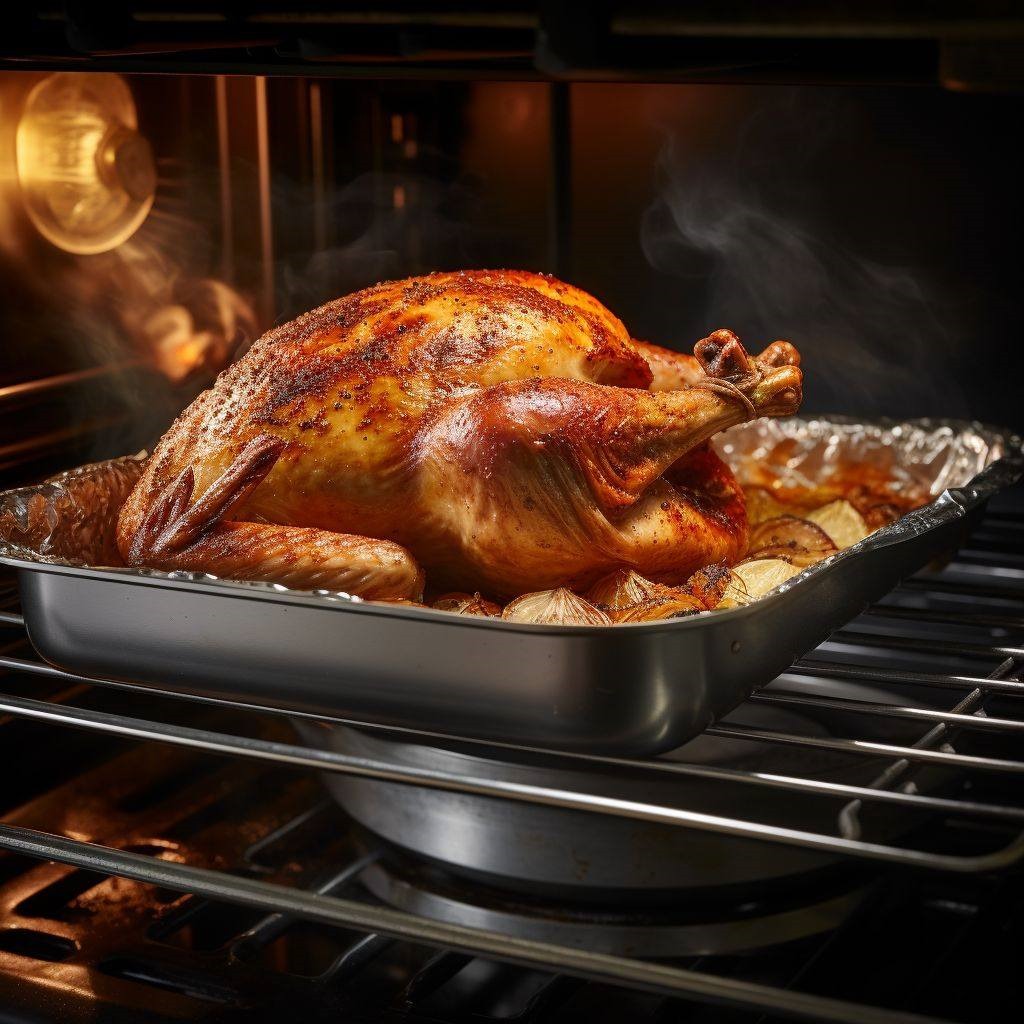Certainly! Here’s a well-rounded article addressing the question:
—
**Should You Add Water to the Turkey Pan While It’s Roasting?**
When it comes to roasting a turkey, there’s no shortage of opinions on how to achieve the juiciest, most flavorful bird. One frequently asked question is whether you should add water to the roasting pan. The answer depends on your goals, your method, and your preferences.
### The Argument for Adding Water
Some home cooks and traditional recipes recommend pouring a bit of water (or broth) into the bottom of the roasting pan at the start of cooking. The idea is that the moisture helps keep the turkey from drying out and prevents the drippings from burning, especially during long roasts.
Here’s what water in the roasting pan can do:
* **Moisture Barrier:** A small amount of liquid creates a moist environment in the oven early on, which may slightly reduce surface drying.
* **Dripping Protection:** Water can help prevent the flavorful turkey drippings from scorching on the bottom of a dry pan, making for easier gravy-making later.
However, this technique has its drawbacks.
### The Case Against Adding Water
Most professional chefs and culinary experts agree that roasting a turkey is best done *dry*, without water in the pan. Here’s why:
* **Reduced Browning and Flavor:** A wet environment can inhibit the Maillard reaction (the browning that creates flavor), meaning your turkey skin may not crisp up as well.
* **Steaming Instead of Roasting:** Water in the pan can essentially steam the bottom of the turkey, especially if the bird sits directly in the liquid. This may lead to rubbery skin and a less roasted texture.
* **Diluted Drippings:** If you plan to use the drippings for gravy, adding water may thin them out and reduce the richness of your final sauce.
### Best of Both Worlds: A Compromise
If you’re concerned about the drippings burning or the turkey drying out, here are a few alternative strategies:
* **Use a Roasting Rack:** Elevate the turkey above the pan. This keeps the bird out of any liquid that collects below, promoting airflow and even browning.
* **Start with Dry Heat, Then Add Liquid (Optional):** Begin roasting the turkey dry. If the drippings begin to scorch, you can add a small amount of water, broth, or wine later in the process—usually after the first hour or two.
* **Tent with Foil (if needed):** If the turkey is browning too quickly or drying out, a loose foil tent over the top can help retain moisture without steaming the entire bird.
### Final Verdict
**Do not add water to the turkey roasting pan at the start** unless you have a specific reason—like needing to prevent burning drippings or making a certain type of gravy. For a crisp-skinned, flavorful bird, dry roasting on a rack is generally the best method.
Happy roasting!
—
Would you like this formatted for a blog post or printed recipe card style?
Certainly! Here’s a well-rounded article addressing the question:
—
**Should You Add Water to the Turkey Pan While It’s Roasting?**
When it comes to roasting a turkey, there’s no shortage of opinions on how to achieve the juiciest, most flavorful bird. One frequently asked question is whether you should add water to the roasting pan. The answer depends on your goals, your method, and your preferences.
### The Argument for Adding Water
Some home cooks and traditional recipes recommend pouring a bit of water (or broth) into the bottom of the roasting pan at the start of cooking. The idea is that the moisture helps keep the turkey from drying out and prevents the drippings from burning, especially during long roasts.
Here’s what water in the roasting pan can do:
* **Moisture Barrier:** A small amount of liquid creates a moist environment in the oven early on, which may slightly reduce surface drying.
* **Dripping Protection:** Water can help prevent the flavorful turkey drippings from scorching on the bottom of a dry pan, making for easier gravy-making later.
However, this technique has its drawbacks.
The Case Against Adding Water
Most professional chefs and culinary experts agree that roasting a turkey is best done *dry*, without water in the pan. Here’s why:
For Complete Cooking STEPS Please Head On Over To Next Page Or Open button (>) and don’t forget to SHARE with your Facebook friend
ADVERTISEMENT

